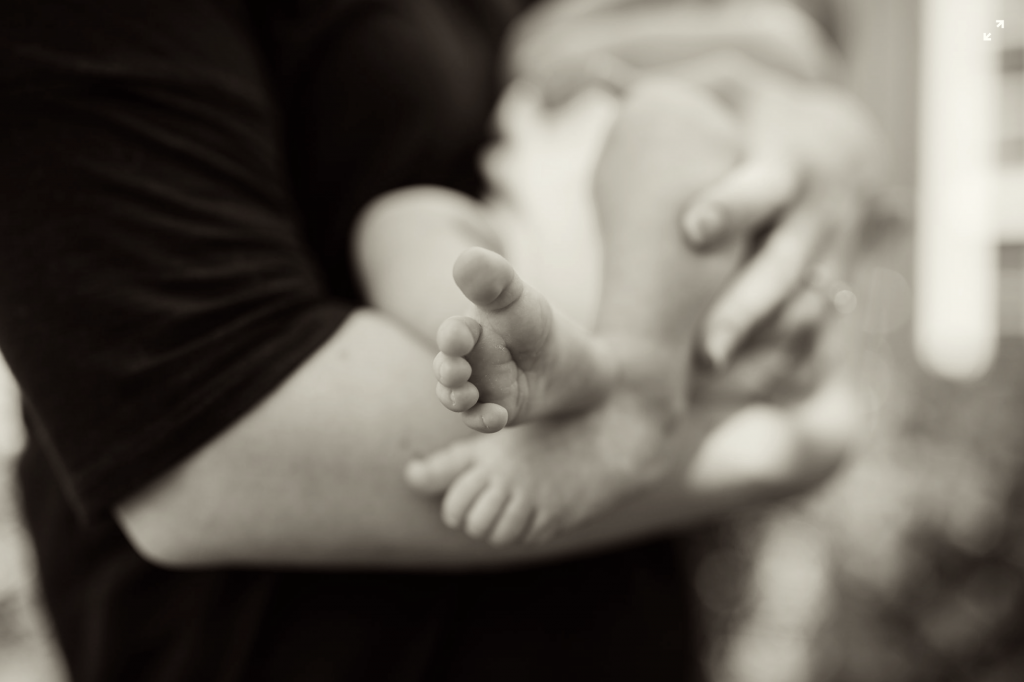Providing care for newborns and infants is one of the most rewarding and delicate roles in childcare. As a caregiver, your presence, attention and responsiveness make a lasting impact on both baby and family. Here is a helpful checklist when caring for an infant. According to the American Academy of Pediatrics (AAP), an infant is defined as a child from birth up to 12 months old.
🕚 1. Presence & Patience
- ☐ Learn baby’s cues: crying, rooting, eye rubbing, arching back
- ☐ Use a calm voice and slow, gentle movements
- ☐ Expect fussy periods, cluster feeding and growth spurts
- ☐ Stay calm to lower stress for both baby and parents
🍼 2. Feeding & Burping
- ☐ Follow family’s feeding plan exactly (breast milk, formula or both) and heat up as directed by the parent—everyone does this differently
- ☐ Hold semi-upright for all feedings—never flat
- ☐ Burp every 2–3 oz (bottle), ask the mom how to burps to keep consistent (hold baby’s jaw or lay on shoulder)
- ☐ Watch hunger cues: rooting, sucking hands, smacking lips
- ☐ Watch fullness cues: turning away, slowing down
- ☐ Wash/sanitize bottles thoroughly
- ☐ Track times and amounts if requested
- ☐ Never prop a bottle or put baby to bed with one
💤 3. Safe Sleep Practices (AAP)
- ☐ Always place baby on their back (“Back to Sleep”)
- ☐ Use a firm mattress with fitted sheet only—no blankets, pillows, bumpers or toys
- ☐ Supervise naps frequently: check breathing, color, comfort
- ☐ Dress baby in one light layer more than you’d wear
👶 4. Diapering & Hygiene
- ☐ Check diapers every 2–3 hours and after feedings
- ☐ Wipe front to back for girls
- ☐ Clean under folds for all babies
- ☐ Apply diaper cream only as directed by parents
- ☐ Track wet/dirty diapers for health monitoring (type into your phone and send to mom after they happen or add to notebook if mom asks)
- ☐ Wash hands before and after every change
💗 5. Soothing & Bonding
- ☐ Swaddle for security (stop once baby shows signs of rolling, usually around 2 months old)
- ☐ Rock, gently bounce or baby-wear (if approved)
- ☐ Use white noise, humming or shushing sounds
- ☐ Offer pacifier (if allowed)
- ☐ Mirror parents’ soothing techniques for consistency
🧠 6. Support Development
- ☐ Talk, sing and read in a calm, expressive voice
- ☐ Provide supervised tummy time (2–3 min, several times daily)
- ☐ Offer safe visual/tactile experiences (soft toys, black-and-white books, gentle music)
- ☐ Encourage eye contact and respond to coos/babbles
🚩 7. Recognize Red Flags
- ☐ Call parents if fever of 100.4°F (38°C) or higher (rectal)
- ☐ Watch for difficulty breathing, wheezing or grunting
- ☐ Notice unusual lethargy or extreme irritability
- ☐ Report refusal to feed for multiple feedings
- ☐ Track wet diapers—fewer than 4 in 24 hours is concerning
- ☐ Watch for blue, pale or blotchy skin
💬 8. Communication With Parents
- ☐ Share feeding, nap and diaper logs daily
- ☐ Give short updates on mood, milestones or sweet moments
- ☐ Stay calm and reassuring with new or nervous parents
- ☐ Send photos only if pre-approved
- ☐ Listen carefully and respect parents’ requests
🛡️ 9. Overall Safety
- ☐ NEVER leave baby unattended on couch, bed or changing table—even if they can’t roll yet
- ☐ Always use rear-facing, properly installed car seat when traveling
- ☐ Keep small objects, cords and hot liquids out of reach
- ☐ Know infant CPR & choking procedures — watch the Red Cross Child & Baby CPR Video
- ☐ Keep emergency contacts & pediatrician info accessible
Based on AAP® (American Academy of Pediatrics) guidelines. For resources: www.aap.org






